
Wildlife continues to amaze scientists with its resilience and adaptability. Recent discoveries have highlighted the potential for species thought extinct or endangered to reappear, offering hope for conservation efforts. One such remarkable comeback is that of the South American tapir, which has resurfaced in the Atlantic Forest after over a century. Additionally, jaguar sightings in Arizona have renewed optimism about their possible return to their historic range in the United States.
The South American Tapir’s Historic Return
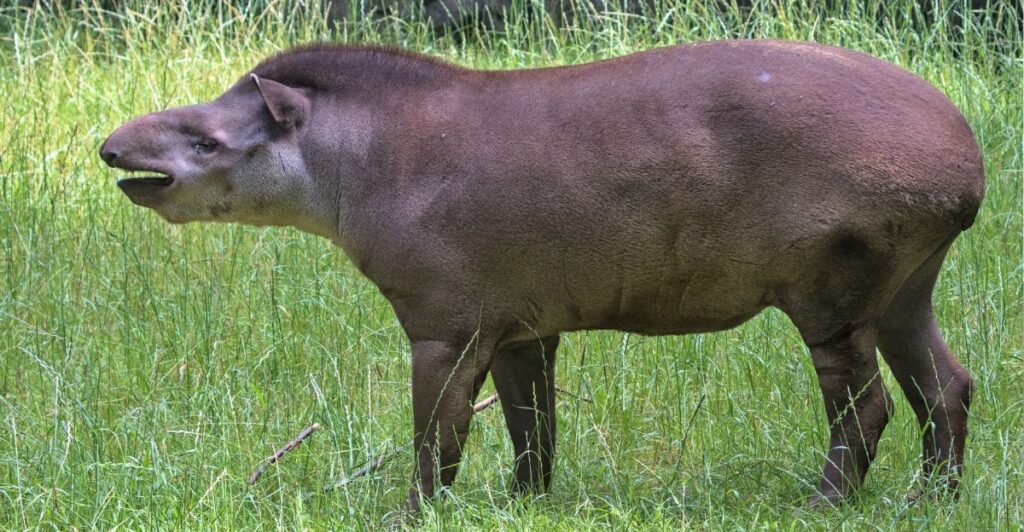
The South American tapir, one of the largest land mammals on its continent, has made a surprising reappearance in Brazil’s Atlantic Forest after more than 100 years without any confirmed sightings. This significant event was captured by cameras set up by Rio de Janeiro’s State Institute of Environment (INEA) and documented through images released by Agência Brasil.
Last Sighting Before Reappearance

The last recorded sighting of a South American tapir in this region was back in 1914 at Serra dos Órgãos National Park. Since then, rapid urbanization and hunting had pushed these animals out of the area, leading them to be considered locally extinct.
Conservation Efforts Pay Off

This recent discovery highlights the success of conservation efforts and protected areas like Cunhambebe State Park. Established in 2008, this park serves as a vital refuge for endangered species. The presence of three tapirs indicates that these protected zones are effective havens for wildlife recovery.
Importance of Protected Areas
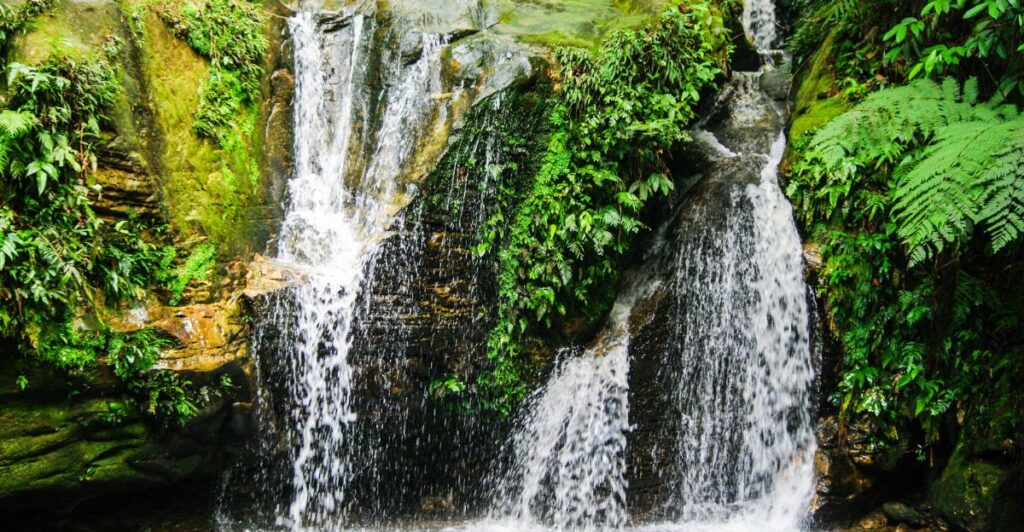
Protected areas play a crucial role in preserving biodiversity by safeguarding ecological processes such as seed dispersal and genetic diversity. The reappearance of tapirs underscores how vital these zones are for reviving iconic species.
Ecological Role: “Forest Gardener”

South American tapirs are often referred to as “forest gardeners” due to their role in scattering seeds and nurturing forest growth as they roam through their habitats. This behavior supports various plant species and aids birds and insects by providing food sources.
Creating Paths Through Forests
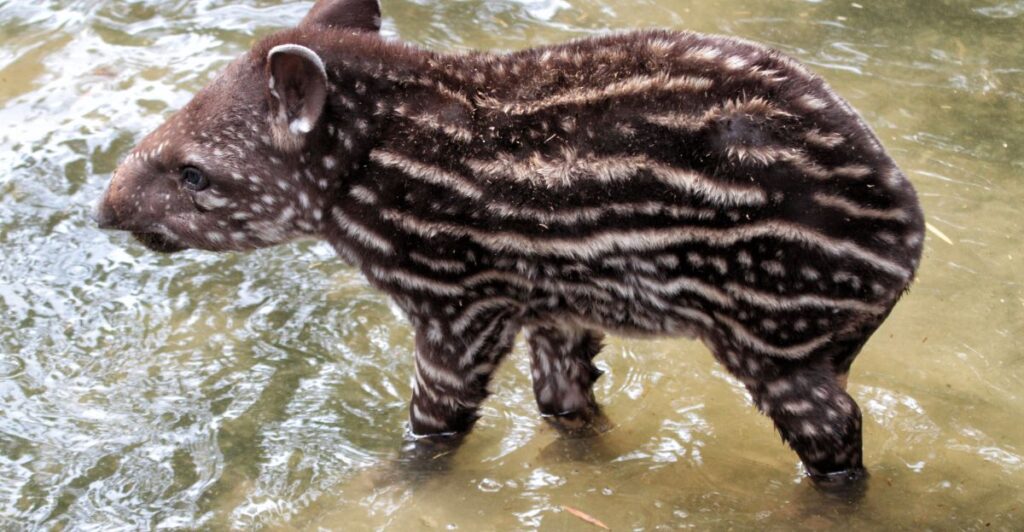
Tapirs also contribute to creating pathways through dense forests while moving around. These paths can facilitate movement for other animals within the ecosystem.
Risks Faced by Tapirs
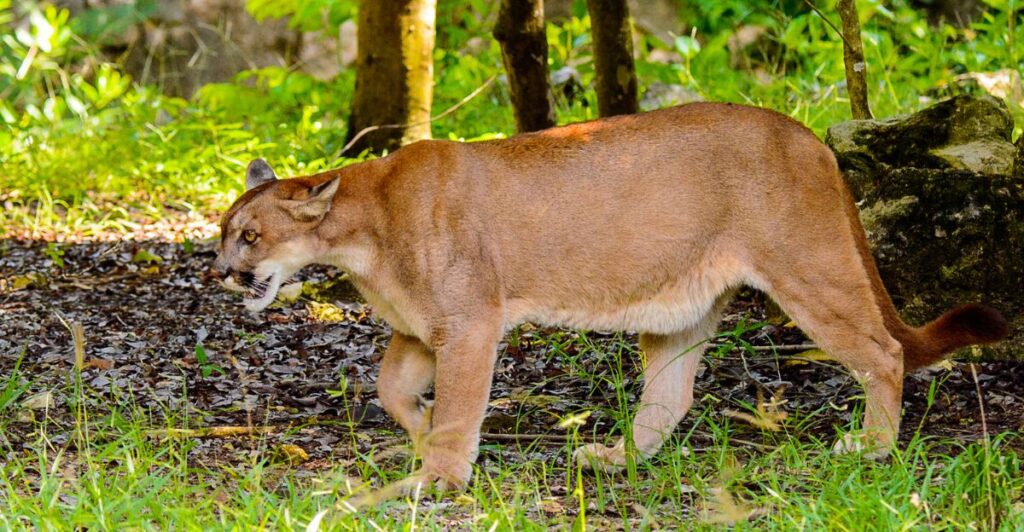
Despite their beneficial ecological role, tapirs face threats from predators like jaguars and pumas. A decline in their numbers could negatively impact forest ecosystems due to reduced seed dispersal activities.
Behavior Around Humans

Tapirs are generally considered gentle but can exhibit unpredictable behavior around humans. There have been instances where they attack without warning if feeling threatened or cornered.
Basic Needs for Survival
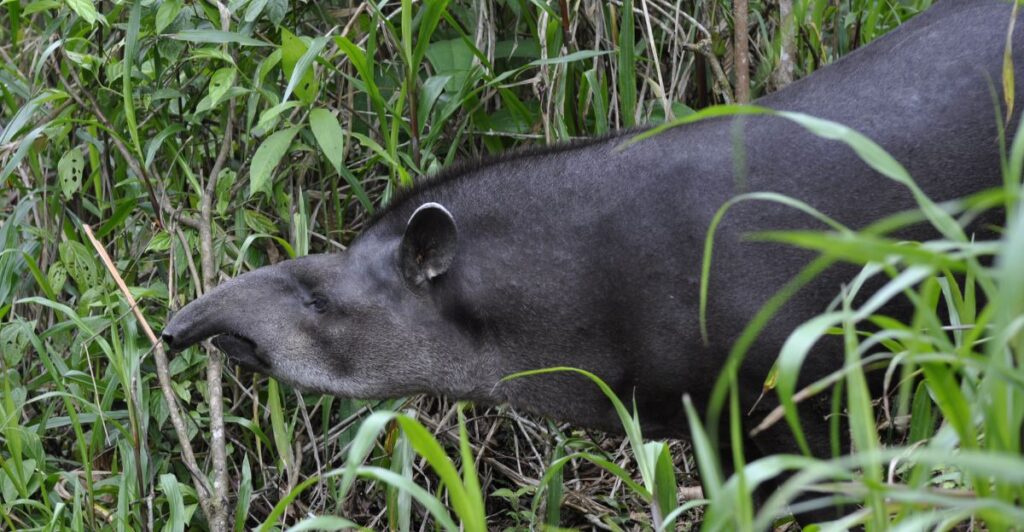
To thrive, tapirs require both outdoor spaces with access to water and shade along with indoor accommodations during harsh weather conditions or captivity situations.
Dietary Requirements
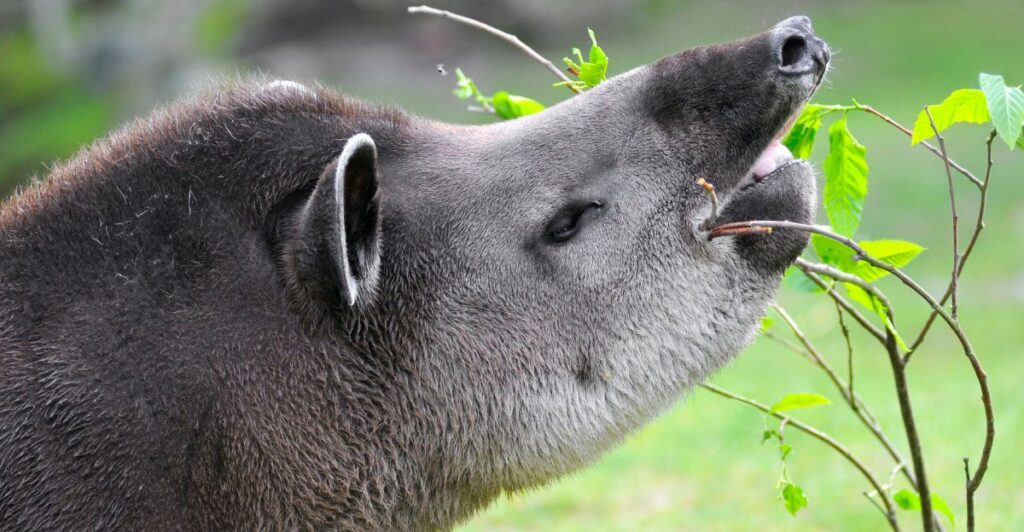
These large mammals have substantial appetites; they can consume over 75 pounds of food per day. Their diet consists mainly of fruits, leaves, and aquatic plants when available.
Population Status Today
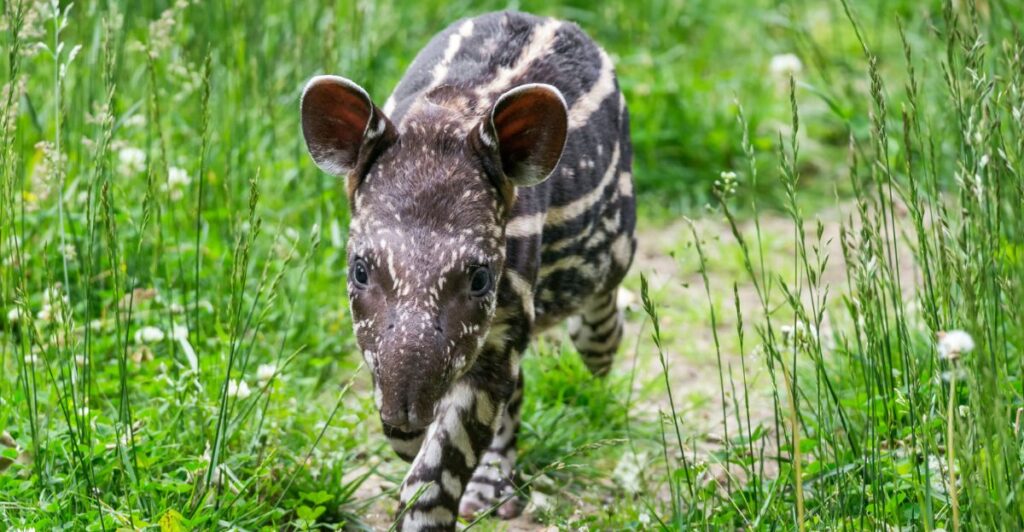
Currently estimated at around 4,500 individuals globally following a population decline exceeding 50% over three decades highlights why this rediscovery is crucial for conservation efforts aimed at stabilizing populations.
Jaguars Returning: A New Hope?
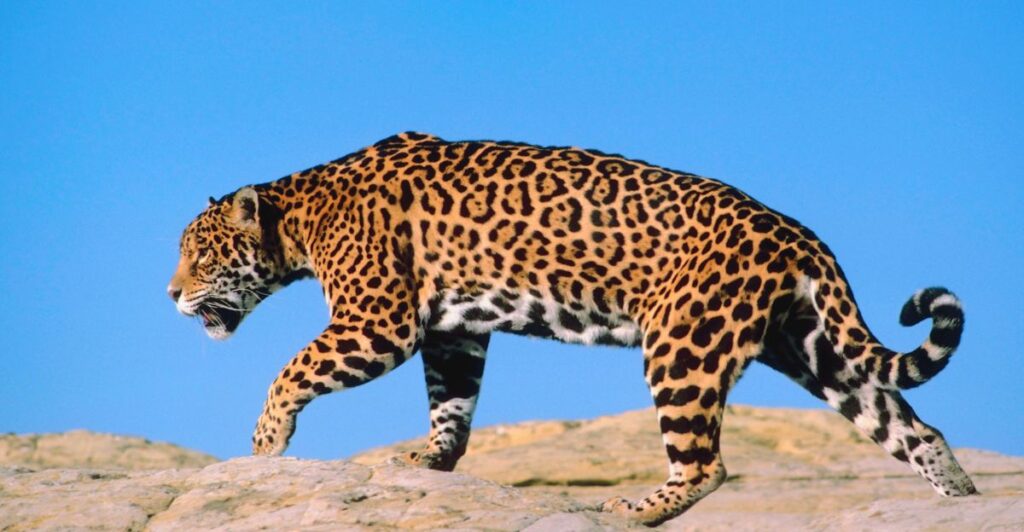
In addition to the resurgence seen with South American tapirs, another exciting development involves jaguar sightings In Arizona, which were once abundant across parts of the U.S. before becoming locally extinct in the mid-1900s. Recent trail camera footage captured an individual named Cochise near Huachuca Mountains, sparking renewed hopes among scientists regarding potential recovery within historical ranges stateside despite challenges posed by border barriers and habitat loss hunting practices.







